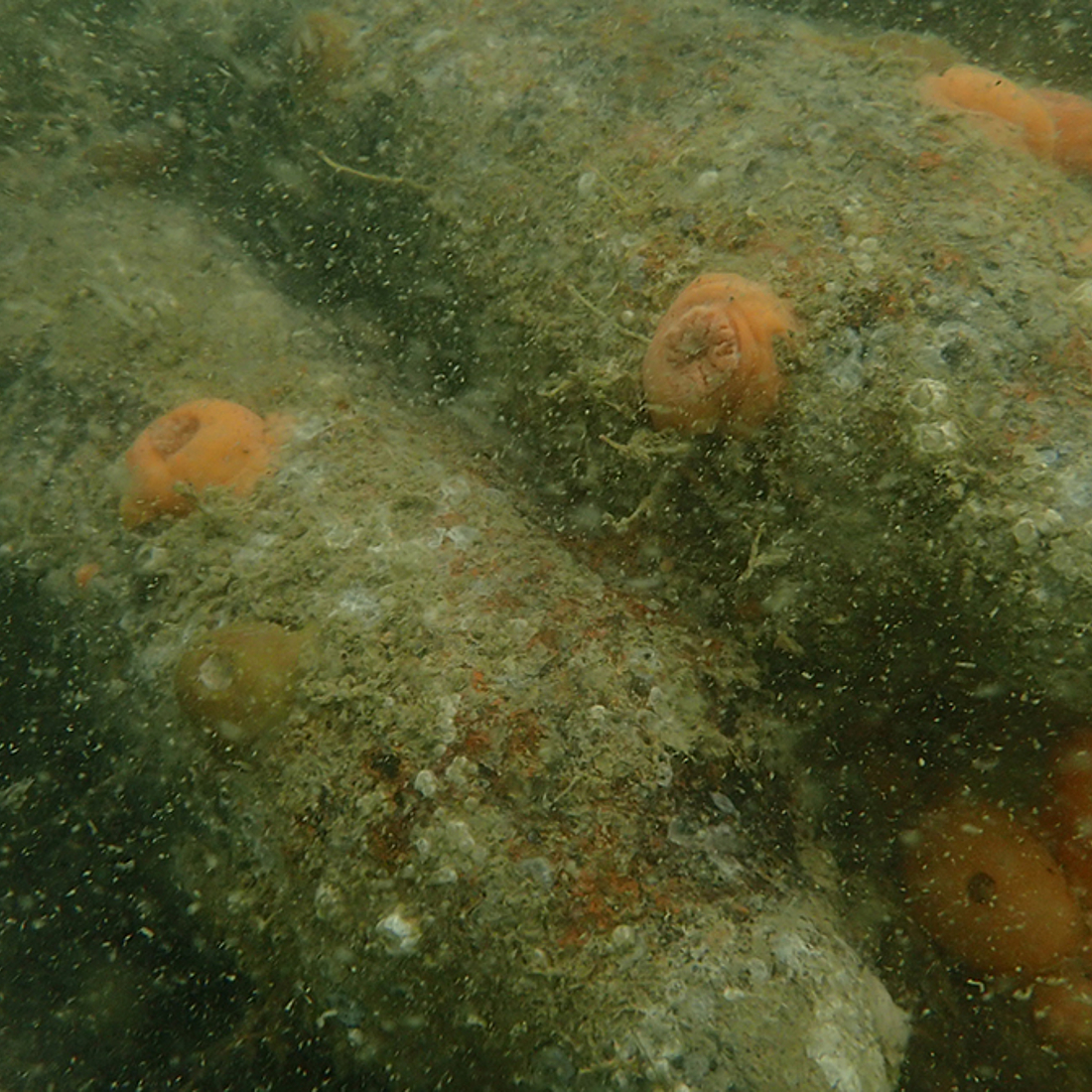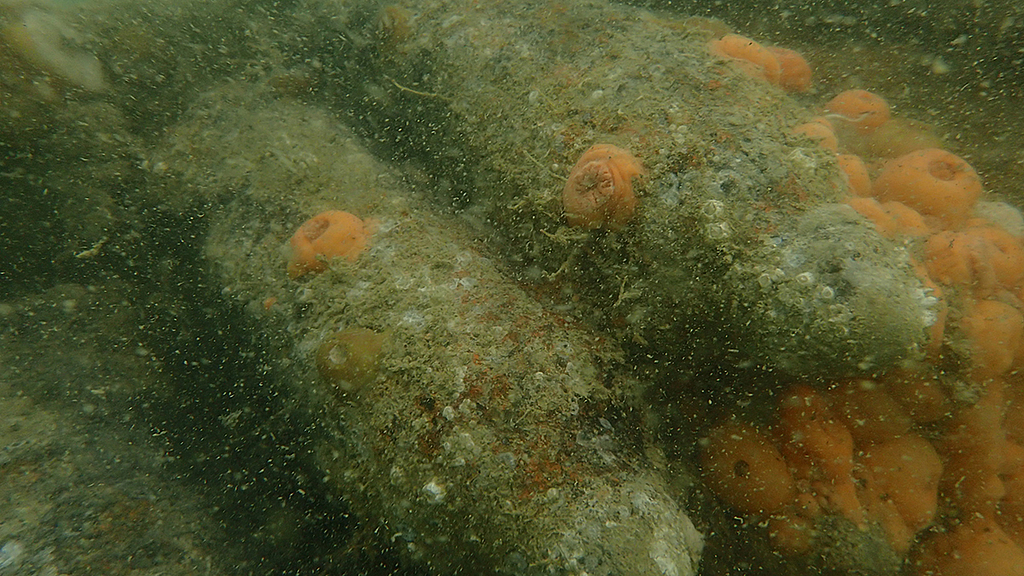World War One and the North Sea
Traces of World War One (1914-1918) still persist in the North Sea today, in the form of military and civilian wrecks as well as underwater ordnance such as naval mines. The key feature of the war at sea were the battles between the British and German navies.
The superiority of Britain’s Royal Navy over the Imperial German Navy was evident even before war broke out. The primary German objective, therefore, was to even out the imbalance in the fleets’ relative strengths, chiefly via the use of mines and submarines. It was hoped that this would lure the Royal Navy, which was maintaining a distant blockade in the North Sea, into direct military engagement in North Sea waters.
This took place only on a few occasions, however. Larger battles were, for example, the Battle of Heligoland Bight on 28 August 1914, the Battle of Dogger Bank on 24 January 1915 and the Battle of Jutland, which took place between 31 May and 1 June 1916. In total, 16 German and 14 British warships of various types went down in these three confrontations, along with the vessels’ remaining munitions. In addition, ships and crews were also lost in other smaller battles.
For the North Sea Wrecks project, the wreck sites of SMS Mainz, SMS Ariadne and SM V187 (all sunk in the Battle of Heligoland) and that of SMS Elbing (sunk in the Battle of Jutland) were chosen for investigation (get to know more in Station 9 - Research Cruises).
The huge quantity of mines laid in the North Sea led to many ships and lives being lost. It is estimated that, between 1914 and 1918, the warring parties dropped more than 190,000 mines in North Sea waters.
The submarines SM UB 61 and SM UC 30 both went down after striking mines and their wrecks, too, were selected for investigation as part of the project (get to know more in Station 9 - Research Cruises).
Germany’s intensification of the submarine war, which saw merchant shipsbeing sunk without warning, led to further vessels being lost. In many cases, their wrecks, too, remain on the seabed.
In terms of military strategy, the Imperial German Navy played a fairly insignificant role in the course of World War One, but a much bigger one in its ending. The unwillingness of many sailors to sacrifice themselves in a pointless naval slaughter led, on 29 October 1918, to insubordination and mutiny on several German ships.
The mutiny’s leaders were arrested and incarcerated in Kiel on 1 November 1918. In the following days, there were widespread uprisings and strikes among sailors, soldiers and the general population. The Kiel Mutiny marked the beginning of the November Revolution, which culminated in the abdication of the German emperor on 9 November 1918 and led to the signing on 11 November 1918 of the ceasefire that brought World War One to an end.
On 19 November 1918, 74 warships of the German Imperial Navy were taken to the Firth of Forth in Scotland and subsequently detained in Scapa Flow in the Orkney Islands. There, the remaining German crews opened their vessels’ seacocks on 21 June 1919, sinking 61 of the grounded ships.
Further literature and online links
Goldrick, James. 2015. Before Jutland. The Naval War in Northern European Waters, August 1914 – February 1915. Annapolis: Naval Institute Press.
Jakobsen, Knud. 2018. Die Seeschlacht vor dem Skagerrak und der Erste Weltkrieg in der Nordsee. Ringköbing: Sea War Museum Jutland.
Krause, Andreas. 1999. Scapa Flow. Die Selbstversenkung der wilhelminischen Flotte. Berlin: Ullstein.
McCartney, Innes. 2016. Jutland 1916. The archaeology of a Naval Battlefield. London: Conway.
Marine-Archiv, ed. 1920-1965 [several volumes]. Der Krieg zur See 1914-1918. Teil 1: Der Krieg in der Nordsee, Vol. 1-7. Berlin/Bonn/Hamburg: E.S. Mittler.
Rahn, Werner. 2017. „Die deutsche Seestrategie 1914 – 1918.“ In: Der Erste Weltkrieg zur See, edited by Michael Epkenhans and Stephan Huck, 19-40. Göttingen: De Gruyter
Danish Sea War Museum:
Partner
-


